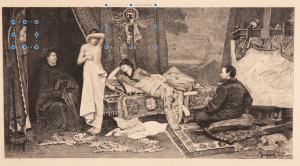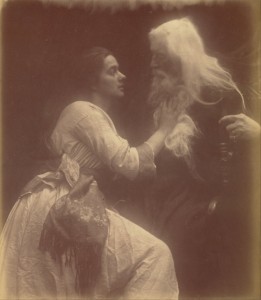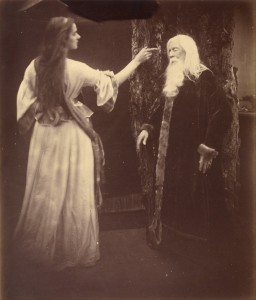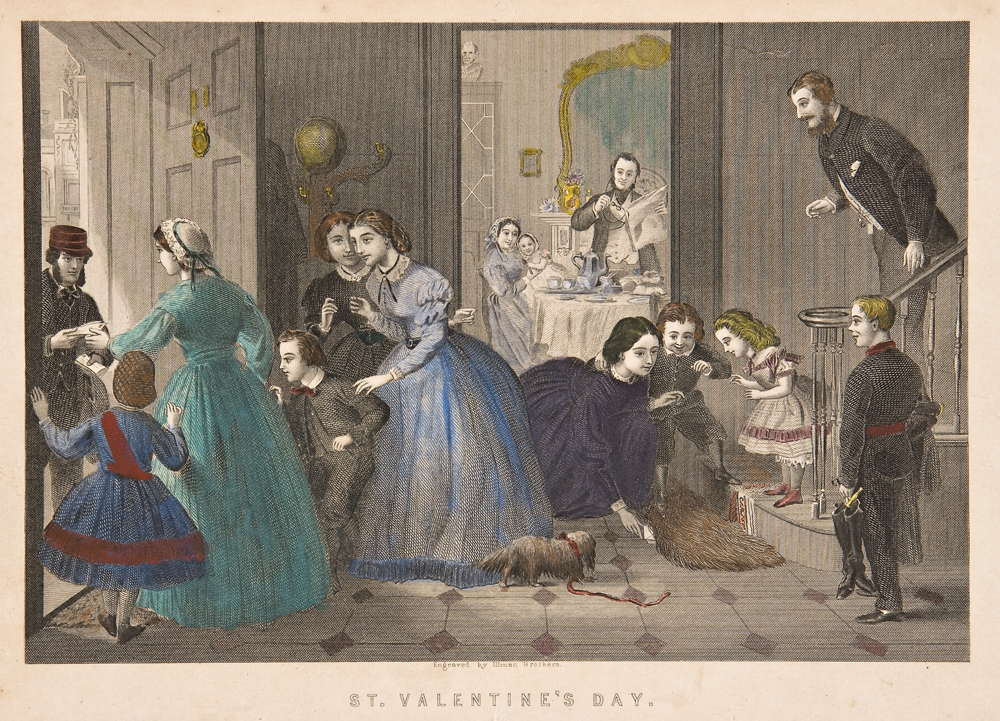The Victorian era is often characterized by sexual prudishness, however, what many do not understand that it was actually an age of sexual exploration, or sex-ploration. In her article Victorian Sexualities, Holly Furneaux disembowels this stereotype by explaining that Victorians explored sex “in a wide range of contexts including the law, medicine, religion, education”(Furneaux). However, it is important to keep in mind that this sexual exploration was only to a certain extent: there were no circulating copes of Fifty Shades of Grey to read or raunchy Nicki Minaj songs to listen to, and that overtly discussing sex and sexuality was still taboo.
What I found particularly interesting was the mentioning of the sexual exploration pertaining to the field of science and medicine. After reading her article, I am convinced that these ‘scientific’ discoveries involving sexuality at first glance seem progressive, given the inherent prudishness of the Victorian era, but instead only work to reinforce gender stereotypes. For example, Victorian gynecologist William Acton claimed that “the majority of women (happily for them) are not very much troubled by sexual feelings of any kind” (Furneaux), thus reinforcing the stereotype and common-held belief at the time that women are not sexual beings in the way that men are. Aside from the field of medicine, Furneaux also mentions that legislation, such as the Matrimonial Act of 1857 also reinforced these stereotypes, by making it much more difficult for women to divorce their adulterous husbands than it was for men to divorce their adulterous wives.
Aside from science and legislation, I did not find an adequate discussion of the topic literature in the article. From what we have read in class, I have found that literature, such as The Woman in White, have pushed the boundaries of sexuality much more than the scientific discoveries or new legislation. Much of The Woman in White is written in sort of a coded language, due to social norms preventing an overt discussion of sexuality or publishing a smutty novel, which allows for a more discreet yet honest exploration of sexuality. The novel features a multitude of characters that challenge the polarizing gender stereotypes of the Victorian era: such as the masculine, mustache-bearing Marian Halcombe and the possibly homosexual Mr. Fairlie. While there were ‘scientific’ discoveries regarding sex, I still believe that much of the conversation regarding sexuality remained repressed; and that this repression manifested itself in works of literature. These latent explorations of sexuality present in literature such as The Woman in White demonstrate that despite new discoveries on the topic of sex and sexuality in the fields of science and legislation, literature allowed for a more honest and in-depth discussion of sexuality and perhaps even questioned the polarizing gender stereotypes of the time.





